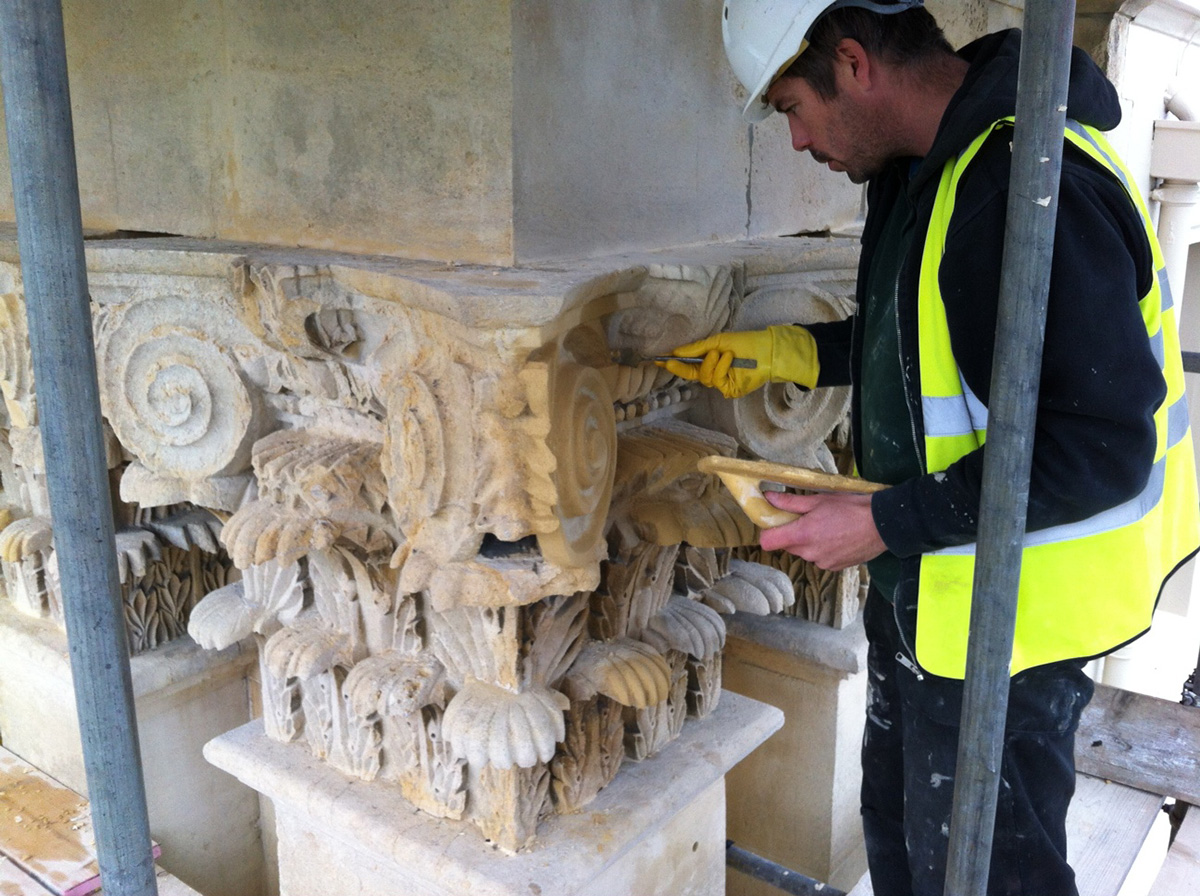Natural stone surfaces can bring a timeless elegance to any home, but over time, they may lose their shine due to wear and tear. Whether it's a beautiful granite countertop, a timeless marble floor, or a cozy stone patio, reviving these surfaces can transform your living space. In stone restoration sydney , we will explore the necessary tools and techniques needed for effective stone refinishing, helping you understand not just the physical methods, but also the skill and care involved in stone restoration.
As we delve into the world of stone restoration, it is important to note that there are frequent mistakes that many residents make along the way. From choosing the inappropriate cleaning solutions to faulty sealing techniques, these errors can lead to unsatisfactory results and even harm to your stone surfaces. Our exploration will also touch on how to prevent these mistakes, ensuring that your restoration efforts yield beautiful and lasting results. So, if you've been contemplating whether it's time to restore your stone surfaces, let us guide you through the rules of the process.
Key Tools for Stone Refinishing
In the process of embarking on a stone refinishing project, having the appropriate instruments can make all the difference. A high-quality angle grinder is vital for polishing and molding stone surfaces. This instrument allows you to achieve a smooth finish by utilizing multiple grits of diamond polishing pads, which are uniquely designed for use on stone. Together with an angle grinder, a wet saw may be necessary for cutting big slabs or tiles to size, ensuring a clean finish.
Along with mechanical tools, hand tools play a crucial role in stone refinishing. A suitable set of chisels and a hammer are important for smaller restoration tasks, such as eliminating damaged areas or making fine adjustments to the stone surface. For washing and preparing the stone, a selection of brushes and scrapers will help take away grime, old sealants, or adhesive residues that could impact the refinishing process.
In conclusion, protective clothing cannot be ignored. Proper safety equipment, including hand protection, goggles, and a dust mask, is crucial to protect yourself from dust and debris during the refinishing process. Making sure you have these critical tools at hand will not just enhance your project but also elevate your overall experience in restoring stone surfaces.
Frequent Oversights to Steer Clear in Stone Restoration
One of the most typical mistakes in restoring stone is the utilization of unsuitable cleaning agents. Many individuals choose strong cleaning products without realizing their possible harm to the stone’s finish. Harsh products can scratch and dull polished stones, such as granite. It is important to use neutral pH cleaning products specifically designed for natural stone to avoid irreversible damage. Always remember to test any product on a small, hidden area first to ensure compatibility.
Another common error is failing to assess the stone's condition before starting the restoration process. Many believe that all stones are similar and proceed without a thorough examination. Every type of stone has unique properties, that necessitate different restoration techniques and tools. A lack of knowledge can lead to applying the wrong methods that may exacerbate existing damage rather than fixing it. Spending the time to evaluate the stone will provide you with a clearer plan of action.
Finally, a major mistake is overlooking the value of proper sealing after restoration. Sealing stone surfaces is essential to safeguard them from marks and moisture harm. Failing to apply a reputable sealant post-restoration can lead to issues such as discoloration and deterioration over the years. Always choose a sealant that is appropriate for the specific type of stone and follow the manufacturer's guidelines for best results, guaranteeing enduring beauty and durability.
Best Methods for Caring for Stone L surfaces
Routine maintenance is important to preserve the appearance and integrity of stone surfaces. Use a pH-neutral stone cleaning solution and a soft cloth or mop to lightly clean the areas. Steer clear of harsh chemicals or abrasive materials that can damage the stone. It's advisable to create a regular cleaning regimen, based on the usage and contact to dirt and grime, to ensure your stone looking its best.

Coating stone areas is another important practice that can significantly extend their lifespan. A premium sealant protects the stone from stains and moisture ingress. In general, it is recommended to seal natural stone areas at least once a year, but heavy-use areas may need more frequent applications. Always follow the manufacturer's instructions for use and renewal.
To safeguard stone areas from scratches and chips, think about adding mats or carpets in busy areas and using coasters under vases or ornamental items. Additionally, be mindful of using the appropriate tools for tasks around stone areas, as heavy equipment or harsh materials can lead to accidental damage. By implementing these care methods, you can guarantee that your stone surfaces remain beautiful and useful for years to follow.
